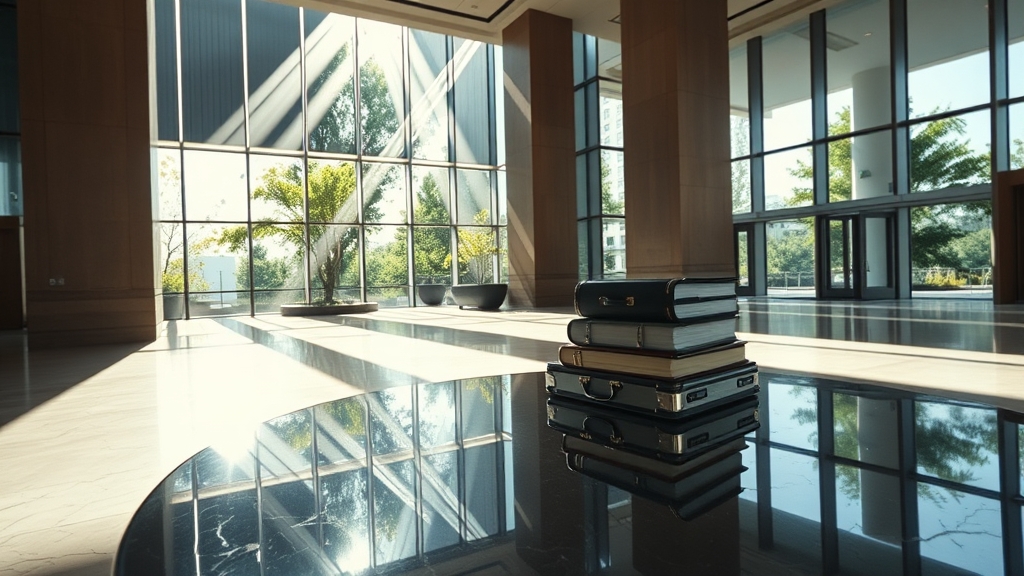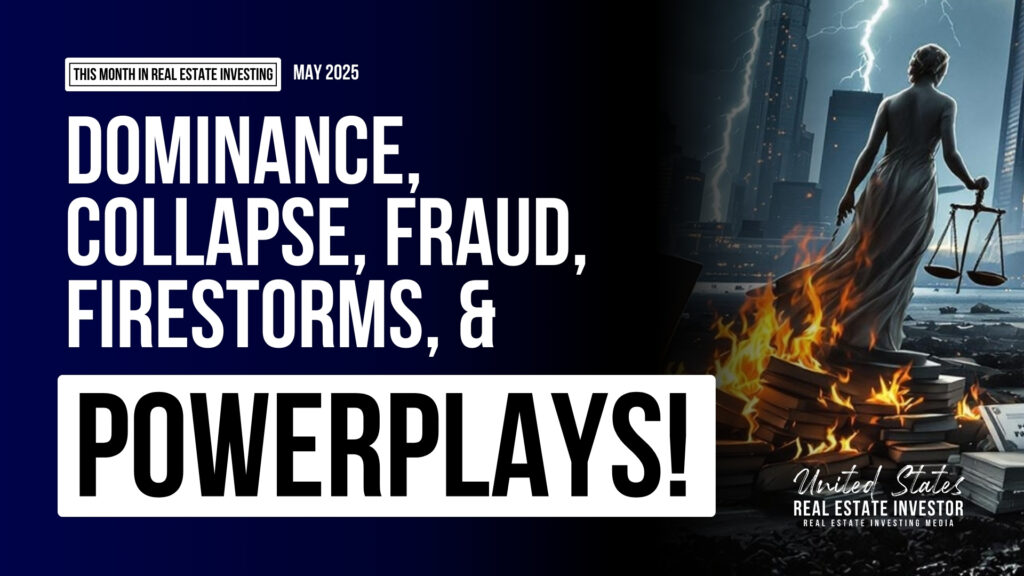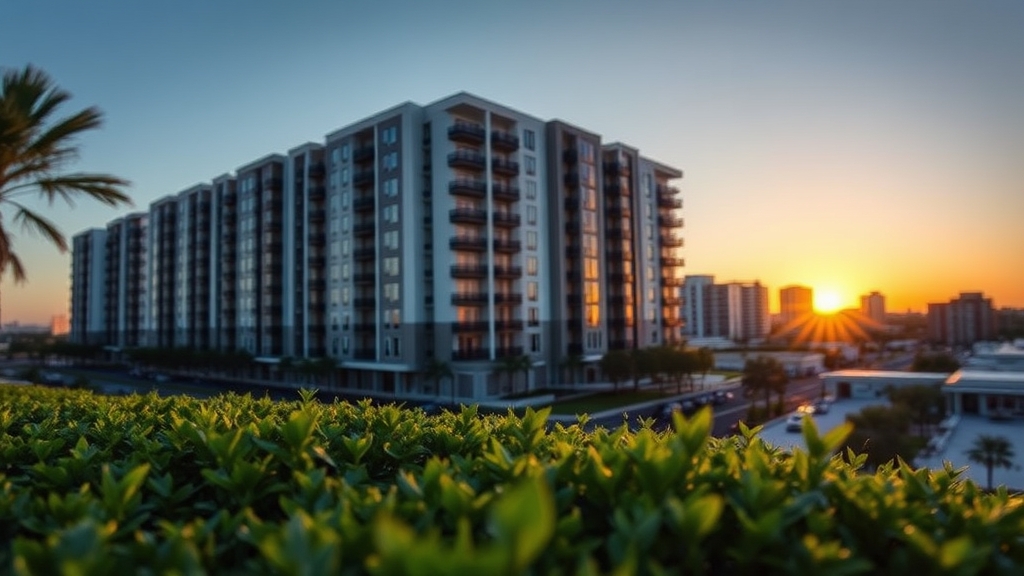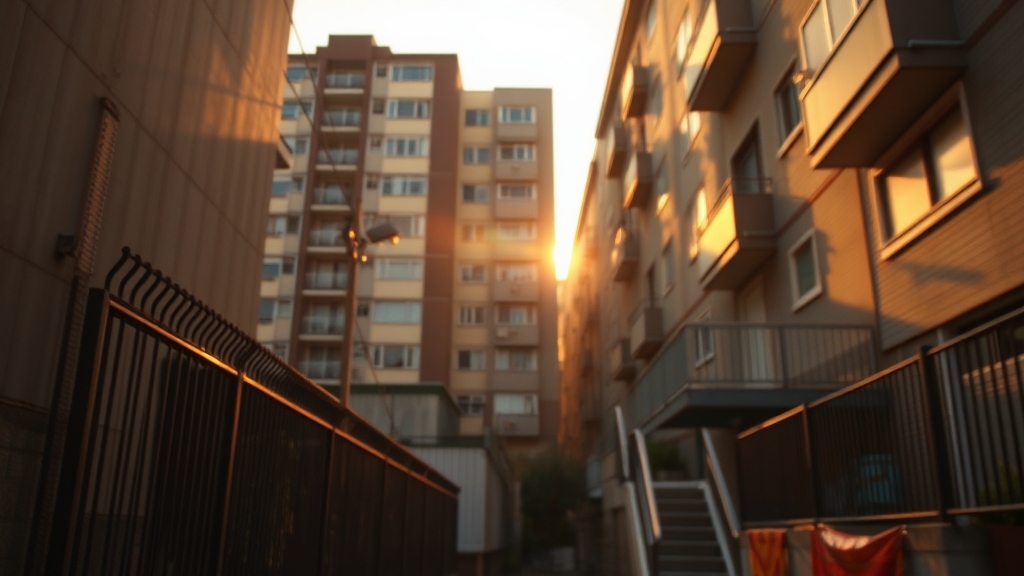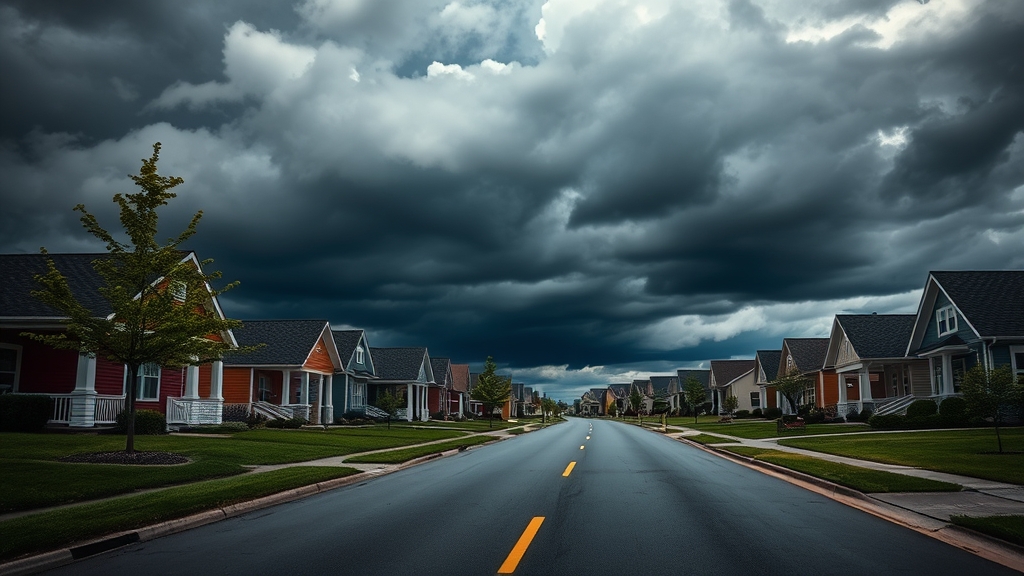Key Takeaways
- Brookfield Asset Management has secured a $16 billion fund to target distressed commercial real estate at significant discounts, with prices up to 40% below peak values.
- The tightening lending environment and soaring construction costs are accelerating vacancies and foreclosures in major U.S. markets, including Manhattan and beyond.
- The evolving landscape of commercial properties may lead to transformative shifts in urban real estate across the country.
A New Wave of Opportunity in Distressed Real Estate
Brookfield Asset Management has raised a $16 billion war chest, poised to strike distressed commercial properties at fire-sale prices, with discounts reaching 40% below peak values—casting a deeper chill over Manhattan’s hollowed office towers and markets from Brooklyn to the Embarcadero.
As construction costs soar and lending tightens, vacant skyscrapers and foreclosed homes become battlegrounds, threatening to redraw the property panorama across the U.S.
The stakes have never been higher—critical details emerge in the next facts.
Brookfield Targets Distressed CRE Amid Market Turmoil
Brookfield Asset Management has unleashed a financial shockwave, securing a staggering $16 billion for its fifth flagship real estate fund as office towers sit dark in the shadows of Wall Street.
While Battery Park glints in the distance, market valuations are plunging, and formerly premium assets now languish, unseen and unloved.
The $16 billion war chest is the largest real estate strategy ever mounted by Brookfield, releasing fresh capital just as debt strategies unravel in a market in disarray.
As Q1 2025 unfolded, Brookfield raised an eye-popping $5.9 billion, driving the total fund up to unprecedented territory.
Aiming for a final close of nearly $18 billion, the firm’s capital drive scorched through records, marking one of the most seismic quarterly real estate capital raises in modern memory.
Empty office buildings cast long shadows across Manhattan as asset prices continue their relentless decline.
Amid collapsing market valuations, Brookfield circles distressed commercial real estate with predatory precision, moving in on properties available at discounts averaging 40% below their frothy peaks.
In a market environment characterized by rising construction costs and growing uncertainty about inflation policies, distressed assets are appearing in new pockets across the country.
The market’s cracks have spread as debt strategies falter.
Rising interest rates and tightening lending have sent highly leveraged owners scrambling, driving assets into distress and foreclosure.
In this chaos, Brookfield sees opportunity—rapidly deploying $1.8 billion during the first quarter of 2025 alone.
In the far reaches of Brooklyn and San Francisco, nearly 3,800 single-family homes and 2,000 foreclosed apartments have already swapped hands, as Brookfield’s buying machine powers forward.
Logistics warehouses and apartment buildings represent a quarter of capital deployed so far, while empty clean energy factories, stripped by shifting government policy, now offer conversion prospects for deep-pocketed buyers.
As policy makers in D.C. push new tax incentives and rezone neighborhoods to aid multifamily housing, Brookfield is already in position, muscles flexed.
In Europe, the fund’s reach extended with the $1.4 billion acquisition of a logistics property owner, while Soho’s retail and office gems quietly traded hands for a quick $40 million siphon of liquidity.
Brookfield controls over 500 million square feet, a skyscraper’s worth of commercial property worldwide, as local insiders whisper of the “BAM shadow” along the High Line.
Private equity real estate funds collectively pulled in $57.1 billion in Q1 2025, a $25 billion year-over-year leap, but few can match Brookfield’s sheer firepower.
By breaking conventional rules, such as mixing asset types and deploying capital across unexpected sectors, Brookfield mirrors strategies used in transformative design for outsized impact.
With market valuations tumbling and debt strategies imploding, the stage is set for a new order in real estate.
Quarterly earnings grew 26%, underscoring Brookfield’s dominance as rivals panic.
Opportunistic, relentless, and flush with capital, Brookfield’s leadership calls this moment “especially attractive”—a rare window where fortunes are built and shattered across the cityscape.
The industry stands at an inflection point as investors look to Central Park and beyond, gauging just how low valuations can go before disaster hits Main Street.
Brookfield’s war chest signals a battle for control amid crumbling confidence and relentless uncertainty.
Immovable assets, once symbols of stability, now tremble on shaky ground, and the price of inaction increases as the real estate cycle’s storm grows ever more savage.
Since industry-wide private real estate fundraising declined for the third consecutive year in 2024, Brookfield’s outsized capital pool stands out against a backdrop of retrenching competitors and dwindling sector allocations.
Assessment
Brookfield’s massive $16 billion war chest is making waves in the distressed commercial real estate world, setting the stage for opportunities at deep discounts.
With market volatility sweeping from Chicago to Miami, even top-tier assets are up for grabs at prices that haven’t been seen in years.
This isn’t the moment to watch from the sidelines—some properties could change hands for less than 60 cents on the dollar.
If you hesitate now, you might look back on missed bargains with more than just a twinge of regret.
You don’t want to be the investor who sat out while Brookfield seized city landmarks at unheard-of prices.
Now’s the time to get off the fence—dig deeper, sharpen your pencils, and consider how your portfolio could benefit before the best deals are gone.
